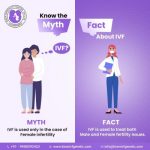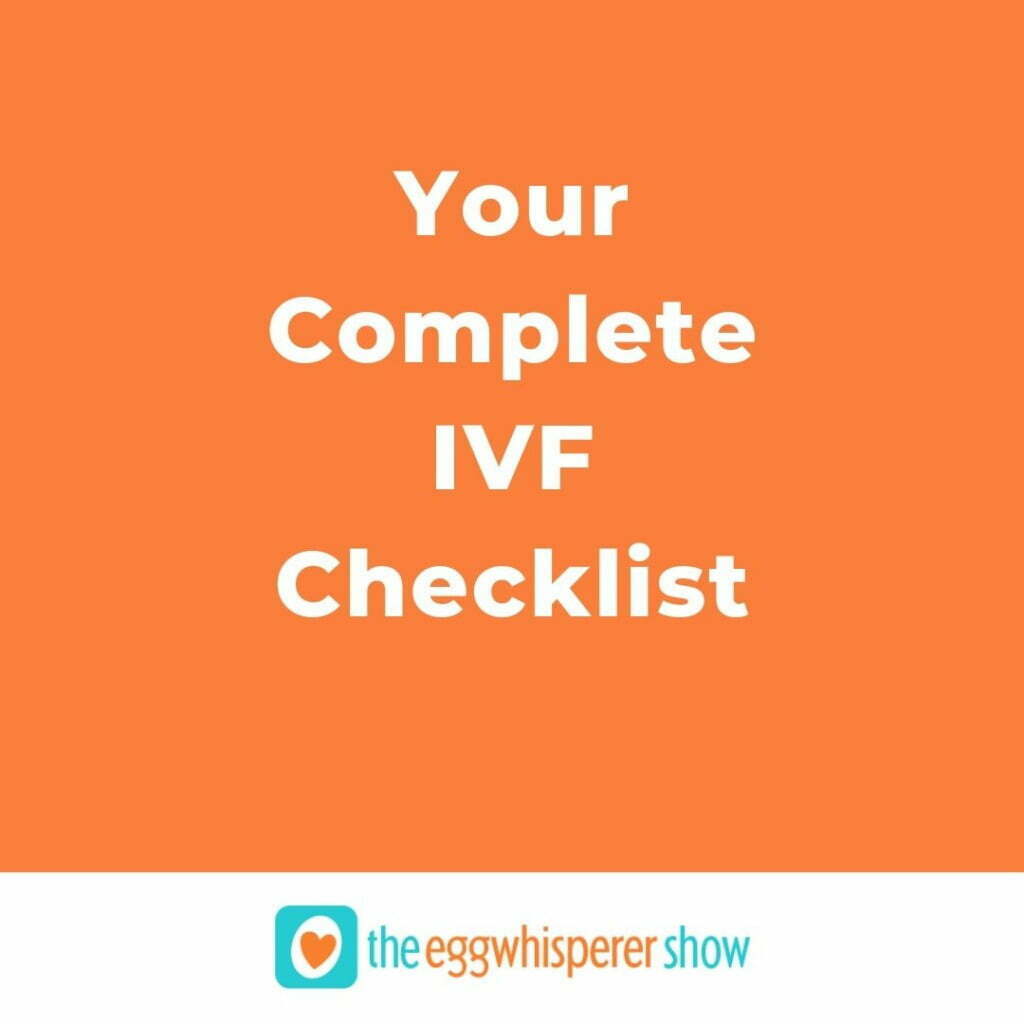
Does IVF Cause Weight Gain? The Truth Behind the Myth
April 18, 2025
Can Multiple Rounds of IVF Cause Cancer?
April 18, 2025How Do You Pay for IVF? A Complete Guide to Funding Your Fertility Journey

How Do You Pay for IVF? A Complete Guide to Funding Your Fertility Journey
Starting a family is a dream for many, but when natural conception isn’t an option, in vitro fertilization (IVF) can offer hope. The catch? IVF isn’t cheap. With costs ranging from $12,000 to $25,000 per cycle—and many people needing more than one round—it’s no surprise that figuring out how to pay for it tops the list of concerns for hopeful parents. You’re not alone if the price tag feels overwhelming. The good news? There are ways to make it work, from tapping into insurance to exploring creative financing options. This guide dives deep into everything you need to know about funding IVF, with practical tips, fresh ideas, and a few surprises that could save you time and money.
Why IVF Costs So Much—and What You’re Really Paying For
IVF isn’t just one procedure; it’s a series of steps, each with its own price tag. The average cost of a single cycle in the U.S. hovers around $21,600, according to Carrot Fertility, but that’s just the starting point. Some clinics quote as low as $10,000, while others climb past $30,000 depending on where you live and what extras you need. So, what’s driving that number?
The process begins with fertility drugs to stimulate your ovaries, which can cost $1,500 to $5,000 alone. Then there’s egg retrieval (a minor surgery), lab work to fertilize the eggs, and embryo transfer back into the uterus. Add in monitoring appointments, anesthesia, and lab fees, and you’re looking at a hefty bill. If you need advanced techniques like intracytoplasmic sperm injection (ICSI) or genetic testing (PGD), tack on another $1,000 to $5,000 per service.
Here’s a quick breakdown of a typical IVF cycle:
| Step | Average Cost | What It Covers |
|---|---|---|
| Fertility Medications | $1,500 – $5,000 | Drugs to boost egg production |
| Egg Retrieval | $3,000 – $5,000 | Surgical procedure to collect eggs |
| Lab Fertilization | $2,000 – $4,000 | Sperm meets egg in the lab |
| Embryo Transfer | $1,500 – $3,000 | Placing the embryo in the uterus |
| Monitoring | $800 – $2,000 | Ultrasounds and blood tests |
| Extras (ICSI, PGD) | $1,000 – $5,000 each | Optional add-ons for specific needs |
And that’s not all. If your first cycle doesn’t work—or if you want to freeze embryos for later—storage fees kick in at $350 to $1,000 per year. It’s a lot to take in, but understanding where the money goes can help you plan smarter.
Does Insurance Cover IVF? Here’s What to Check
For many, the first question is whether insurance will pick up the tab. The answer depends on where you live and what plan you have. Only 20 states in the U.S. have laws requiring some form of infertility coverage, and even then, IVF isn’t always included. States like New York and California offer decent options, while others leave you on your own.
Start by calling your insurance provider. Ask these key questions:
✔️ Does my plan cover fertility treatments, including IVF?
✔️ Are there limits, like a maximum dollar amount or number of cycles?
✔️ Do I need a referral or pre-approval?
✔️ What about medications—are those covered separately?
If you’re lucky, your employer might offer fertility benefits. Companies like Google and Starbucks have made headlines for covering IVF, and a 2023 survey by Mercer found that 47% of large employers now include some fertility support. Smaller businesses are jumping on board too, especially with platforms like Carrot or Progyny partnering with companies to ease the cost burden.
But here’s a reality check: even with coverage, you might still face out-of-pocket costs. Copays, deductibles, and uncovered services can add up fast. One couple I spoke with had insurance that covered 50% of their IVF cycle—great until they realized “50%” still meant $10,000 out of pocket.
Pro Tip: If your insurance says no, appeal the decision. A 2024 study from Resolve found that 1 in 5 denials get overturned with a well-written letter from your doctor proving medical necessity.

Financing IVF: Loans, Credit, and Payment Plans
When insurance falls short, financing becomes the next big option. There’s no shortage of ways to borrow money for IVF, but each comes with pros and cons. Let’s break it down.
Personal Loans
Banks, credit unions, and online lenders offer personal loans from $5,000 to $50,000, with interest rates typically between 6% and 36%. Your credit score matters here—good credit might snag you a 6% rate, while a lower score could push you toward 20% or more. Monthly payments are fixed, so you know exactly what you’re in for.
Best For: People with solid credit who want predictable payments.
Watch Out: High interest can double your costs over time. Shop around and compare offers.
IVF-Specific Loans
Some lenders, like Future Family or ARC Fertility, specialize in IVF financing. They often partner with clinics, sending the money straight to your provider. Rates can start as low as 0% for top-tier credit, but most land between 5% and 25%. Terms range from 12 to 60 months.
Best For: Those who want a lender familiar with fertility costs.
Watch Out: Check for hidden fees, like origination costs.
Credit Cards
A 0% APR credit card can be a lifesaver if you qualify and can pay it off before the promo period (usually 12-21 months) ends. After that, rates jump to 15% or higher. Use it for smaller chunks, like medications or monitoring.
Best For: Short-term costs you can clear fast.
Watch Out: Miss the deadline, and interest piles up.
Clinic Payment Plans
Many fertility clinics offer in-house financing, splitting your bill into monthly payments. Some even provide 0% interest if paid within a set time—say, 12 months. Others charge 10-15% interest, so read the fine print.
Best For: Avoiding third-party lenders.
Watch Out: Late payments could hurt your credit.
Interactive Quiz:What’s Your Best Financing Fit?
Answer these quick questions:
- Is your credit score above 700? (Yes/No)
- Can you pay off a loan in under 2 years? (Yes/No)
- Do you prefer dealing directly with your clinic? (Yes/No)
- Mostly Yes: Try a personal loan or clinic plan.
- Mixed: Consider an IVF-specific loan.
- Mostly No: A 0% credit card might work if you’re disciplined.

Grants and Scholarships: Free Money for IVF
What if someone else could help foot the bill? Fertility grants and scholarships offer cash to cover IVF, no repayment required. They’re competitive, but worth the effort. Here are some top options:
- Nest Egg Foundation: Up to $10,000 for Connecticut or New York residents. Must use specific clinics.
- Starfish Infertility Foundation: Grants up to $5,000 for uninsured U.S. couples.
- Fertility Foundation of Texas: Awards vary, focusing on Texas residents.
- Footprints of Angels: Supports women with recurrent miscarriages, amount varies.
Most require an infertility diagnosis, proof of financial need, and a detailed application. Deadlines pop up throughout the year, so check sites like Resolve.org for updates.
Success Story: Sarah, a 34-year-old teacher from Ohio, landed a $5,000 grant from Starfish after three rejections elsewhere. “It covered my meds and gave us breathing room,” she said. Her tip? Write a heartfelt essay—donors want to feel your story.
Action Step: Apply to at least three grants. Even if you don’t win, the practice sharpens your story for next time.
Creative Ways to Cut IVF Costs
Paying full price isn’t your only option. These lesser-known strategies can shave thousands off your bill.
Shop Around for Clinics
Prices vary wildly by location. A clinic in rural Indiana might charge $10,000 per cycle, while one in Manhattan hits $20,000. Call multiple providers and ask for itemized quotes. Some even offer discounts for cash payments.
Travel for Treatment
Reproductive tourism is on the rise. Countries like Mexico, Spain, and the Czech Republic offer IVF for $3,000 to $7,000 per cycle—half the U.S. average. Add in travel costs, and you could still save big. A 2024 report from Grand View Research notes this trend is growing at 5.54% annually as more couples seek affordable care abroad.
Example: Lisa and Mark flew to Barcelona for IVF, spending $8,000 total (including flights) versus $18,000 at home. Their twins were born last year.
Mini IVF or Natural Cycles
Mini IVF uses fewer drugs, dropping costs to $5,000-$7,000 per cycle. Success rates are lower (around 20% vs. 40% for standard IVF), but it’s gentler on your body. Natural cycle IVF skips drugs entirely, costing $3,000-$5,000, though it’s best for younger women with good egg reserves.
Shared Risk Programs
Some clinics offer “money-back” deals: pay upfront (e.g., $25,000) for multiple cycles, and if you don’t have a baby, get a refund. It’s a gamble, but it caps your risk.
Caution: These tricks aren’t for everyone. Research success rates and factor in travel or program fees before jumping in.
Crowdfunding Your IVF Journey
Crowdfunding isn’t just for startups—families-to-be are raising thousands on platforms like GoFundMe. In 2023, over 1,500 IVF campaigns launched on the site, with many hitting $5,000 or more. Here’s how to make it work:
- Tell Your Story: Share why IVF matters to you. Photos, videos, and updates hook donors emotionally.
- Set a Goal: Aim for a specific amount—like $15,000 for one cycle—and explain how it’ll be used.
- Spread the Word: Post on social media, email friends, and ask your network to share. X posts show people often get traction by tagging local groups or influencers.
- Offer Perks: Small thank-yous (a handwritten note, a shoutout) encourage giving.
Real Result: Jen, a nurse from Oregon, raised $12,000 in two months by sharing her miscarriage history and IVF hopes. “People I hadn’t seen since high school chipped in,” she said.
Poll:Would You Crowdfund IVF?
- Yes, I’d try it!
- Maybe, if I got desperate.
- No, it’s too personal.
Drop your vote in the comments—we’re curious!
Saving Up: Building Your IVF Fund
Sometimes, the best plan is to save first. It’s slower, but it cuts debt and stress. Try these hacks:
✔️ Cut Big Expenses: Skip the $5 lattes or downgrade your car payment. One family saved $6,000 in a year by moving to a cheaper apartment.
✔️ Side Hustles: Freelance, drive for Uber, or sell crafts online. A 2025 X trend shows gig work is spiking among IVF hopefuls.
✔️ Automate It: Set up a separate savings account and auto-transfer $100-$500 monthly.
✔️ Tax Breaks: Check if your state offers fertility tax credits—some do, up to $2,000.
Mini Challenge: Save $1,000 in 3 months. Cancel one subscription, cook more, and stash the difference. You’ve got this!
New Frontiers: Employer Benefits and Legal Wins
The landscape’s shifting. Beyond traditional insurance, two trends are making waves.
Employer-Sponsored Funds
More companies are stepping up. Carrot Fertility’s 2025 data shows employees at firms with fertility benefits save an average of $7,000 per cycle. Ask HR if your company offers this—or nudge them to start. Small businesses can tap affordable plans through platforms like Progyny.
Legal Mandates
A 2025 White House order pushes for broader IVF access, tasking agencies to cut costs within 90 days. It’s early, but it could mean more state mandates or federal subsidies soon. Stay tuned—policy shifts could lighten your load.

Emotional Costs: What No One Talks About
Money’s only half the battle. IVF can drain your spirit, too. A 2023 Frontiers study found 70% of couples feel financial stress worsens their emotional load. Guilt over spending, fear of failure, and tension with partners creep in.
Coping Tips:
- Talk it out with a counselor—many clinics offer free sessions.
- Join a support group online. X threads show communities swapping cost-saving ideas and hugs.
- Set a “pause plan”—if it gets too much, take a break without shame.
Unique Insight: One therapist I interviewed suggests budgeting for self-care (think $50/month for yoga or a massage). “You can’t pour from an empty cup,” she said. It’s not in most guides, but it’s gold.
Planning Your IVF Budget: A Step-by-Step Guide
Ready to crunch numbers? Here’s a simple roadmap:
- Get Quotes: Call 2-3 clinics for detailed estimates. Include meds and extras.
- Check Coverage: Confirm insurance and employer benefits. Subtract what’s covered.
- Pick a Funding Mix: Blend savings, loans, or grants to fill the gap.
- Buffer It: Add 10-20% for surprises (a failed cycle, extra tests).
- Track It: Use a spreadsheet or app to monitor every dollar.
Example Budget:
- Total Cost: $20,000
- Insurance: $5,000
- Savings: $8,000
- Loan: $7,000
- Buffer: $2,000
= $22,000 (ready for hiccups)
What’s Next: Trends to Watch
IVF funding is evolving. A 2024 MarketsandMarkets report predicts the global IVF market will hit $1.65 billion by 2029, driven by tech breakthroughs like microfluidics (cutting lab costs) and rising demand from delayed parenthood. Cheaper options—like at-home testing kits paired with telehealth—are popping up too. Keep an eye out; your wallet might thank you.

